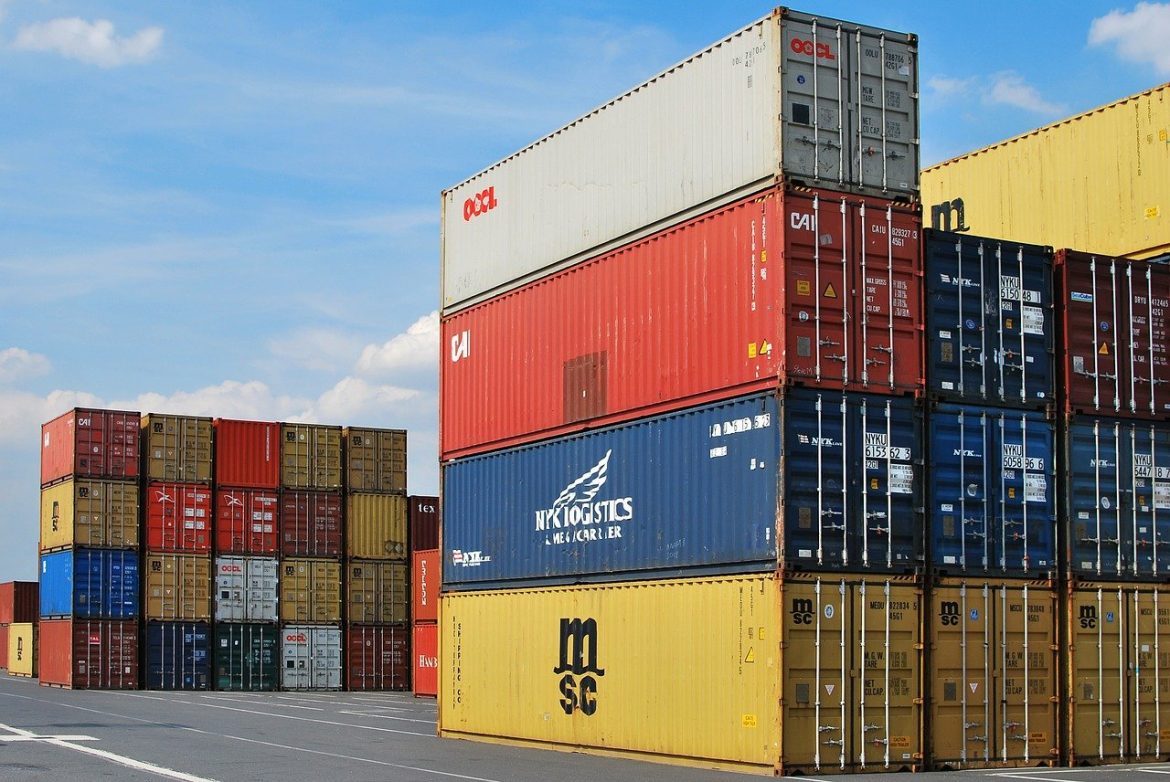Today, it’s easier than ever to start your own business selling goods manufactured abroad than ever before. After all, we live in a digitally connected, global marketplace. The key to your success, however, depends largely on connecting with the right import service who will not only allow for the seamless import of stock items and raw materials from places like Italy and China to the U.S., but they are flexible enough to deliver them directly to you, your warehouse, or an Amazon Fulfilment Center.
Importing items is not a new business model by any stretch of the imagination. But today’s import business has become much more sophisticated than in decades past. According to a new report, under an integrative trade model, global sourcing and imports are crucial to the overall success in exports. Therefore they are given greater resources and focus.
Some experts will tell you that successful importing of goods all comes down to “competitive advantage.” Trade with foreign countries is essential in a nation’s prosperity and inevitably its security. Lots of countries enter into trade negotiations and in turn, establish regulations and rules that governs imports and exports.
Such trade contracts, taken together with a reduction in trade barriers and regulations, make importing a simpler and more fluid process. The importers of finished products and materials from sneakers to steel hone in on unfulfilled niche markets and seek to satisfy them from sources all around the world. Or they attempt to identify enticing foreign products and try to create a domestic need.
Whatever the case, the obvious risk for importers is that there is no demand for the products they are delivering to a specific marketplace. Only careful marketplace research can serve to minimize the risk of being on the hook for a warehouse full of Italian olive oil or widgets from China that no one wants to purchase.
Evaluating Your In-Market Supply
Once you’ve identified a market the appears promising, you need to take the time to study product sourcing and to evaluate supplier options. This can lessen the risk of entering into contracts with a shady supplier. Supplier evaluation may seem like a time-suck, but it will be well worth the effort if it results in a well run, mutually beneficial business relationship that’s both durable and long-term.
It’s a best practice not to focus on only one supplier but several different foreign suppliers before deciding which one serves your purposes the best. Once a deal has been inked, you might want to keep your eye on one or two alternative suppliers just in case something goes wrong (and something will go wrong sooner or later). This way you aren’t dependent on one source for your goods and the income they bring in.
Make Certain the Price is Right
The careful negotiation of price is one of the key critical components of the import process. You need to ask several questions such as, what volume is being bought? Will there be discounts as the volume increases? What about the price of logistics and are they covered in the overall price? Is packing, insurance, and custom duties covered in the price?
These items must be absorbed by either the exporter or importer and should be included in the original quoted price for the goods.
The importer should set out its requirements clearly in writing prior to engaging in an agreement. Also, the importer must respond promptly to any clarifications an exporter requires. Responses should be clear and detailed so that no misunderstandings tale place. Such a procedure will benefit both importer and exporter.
Other considerations might include agreement on which method of payment to use. But once a foreign supplier has been targeted, the purchaser will then initiate a purchase order and/or a request for a quote to supply the requested goods.
This will usually be followed up by an offer and then a counter-offer that both importer and foreign supplier will negotiate until specific terms are mutually agreed upon. Once an offer has been accepted, a contract will be drawn up and signatured by all parties.
Classifying Imported Products
How will you classify the products you wish to import? You need to determine this early on since product classification is directly associated with the tariffs you will be paying for the goods, along with the cost of “import-valuation procedures.”
Much in the same way an importer will need to verify the overall reliability of a possible foreign supplier, the foreign supplier also needs to look deep into the importer’s creditworthiness and business dependability.
Establishing a mutual confidence can accelerate the validation process prior to importing expensive products and/or raw materials from abroad.




